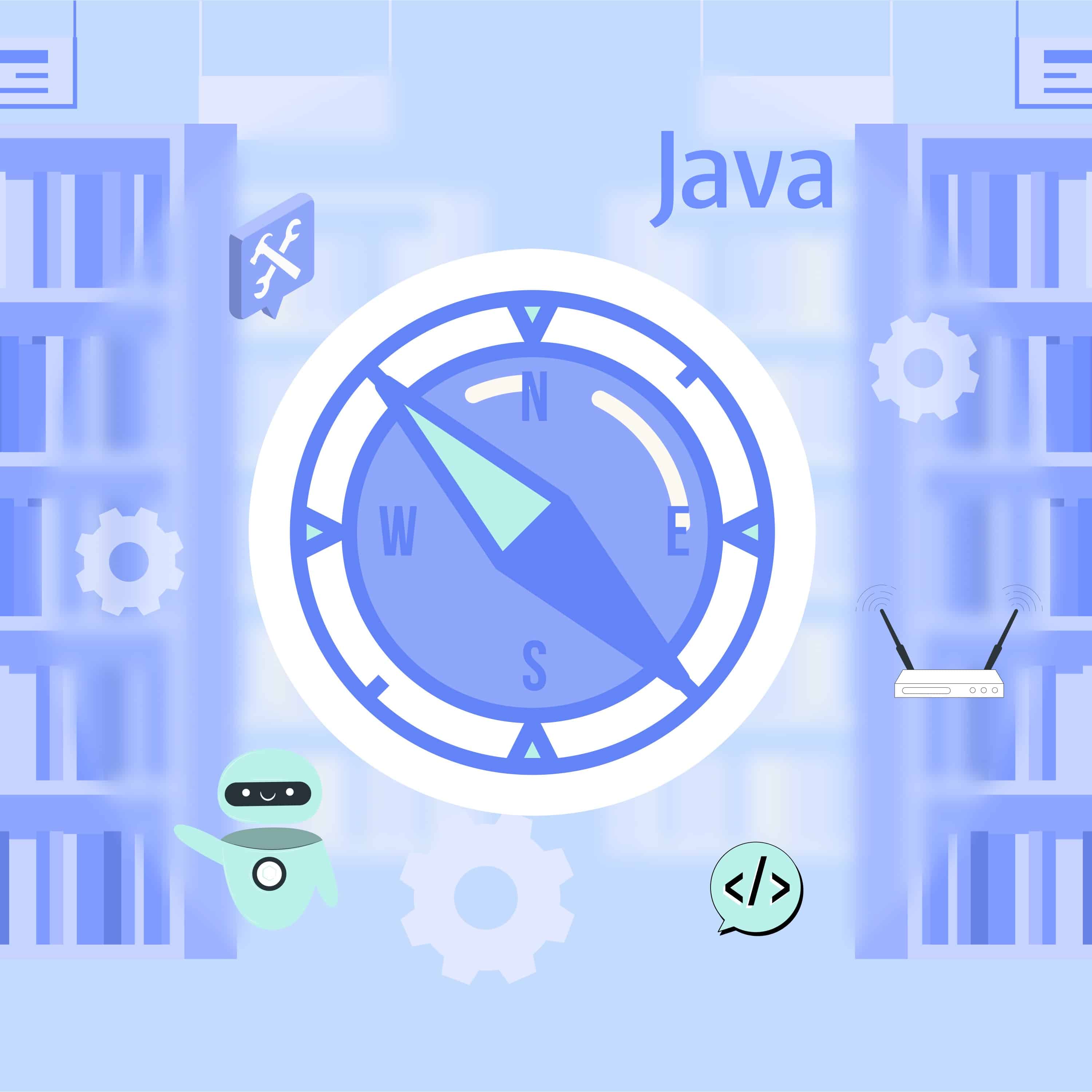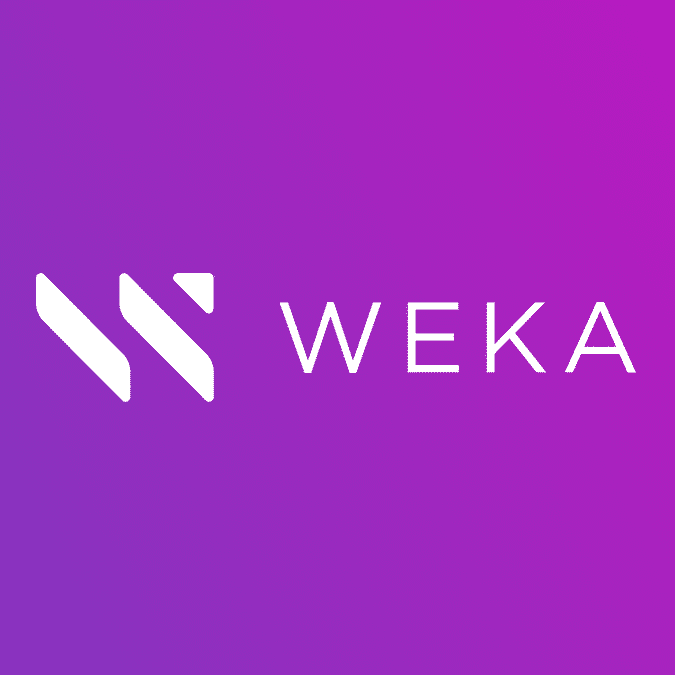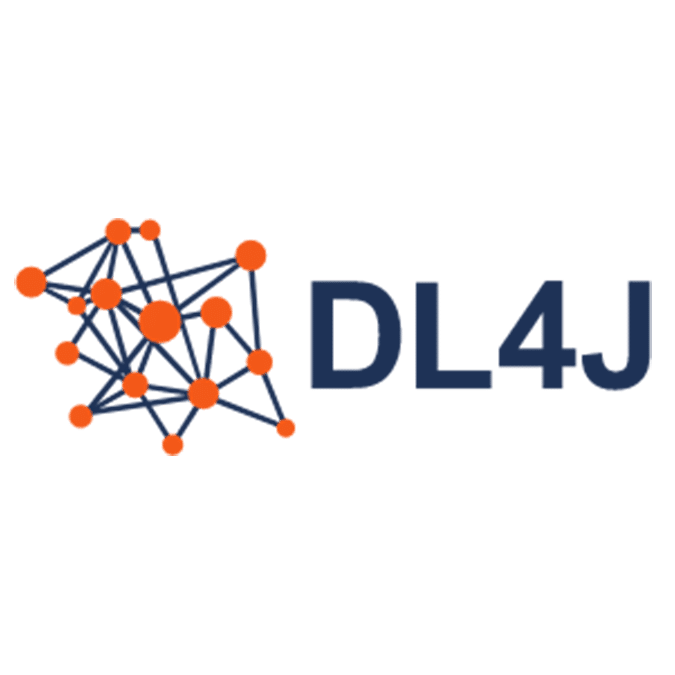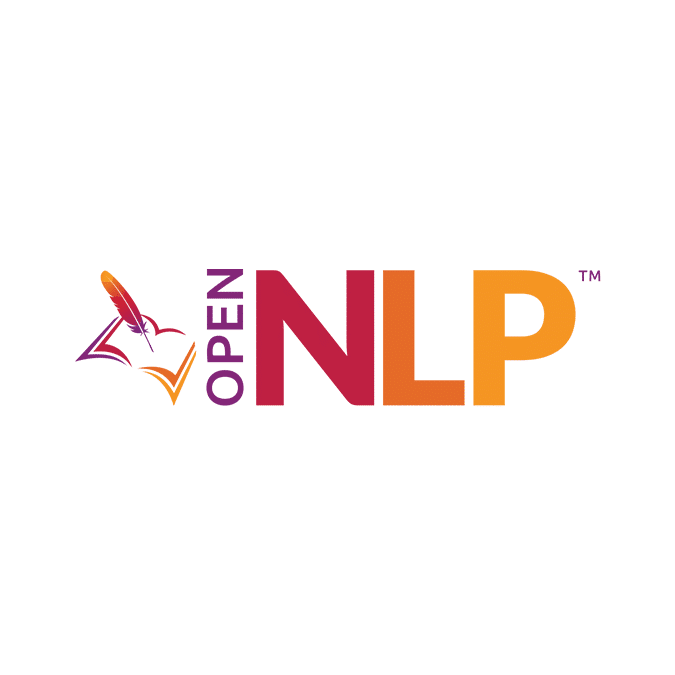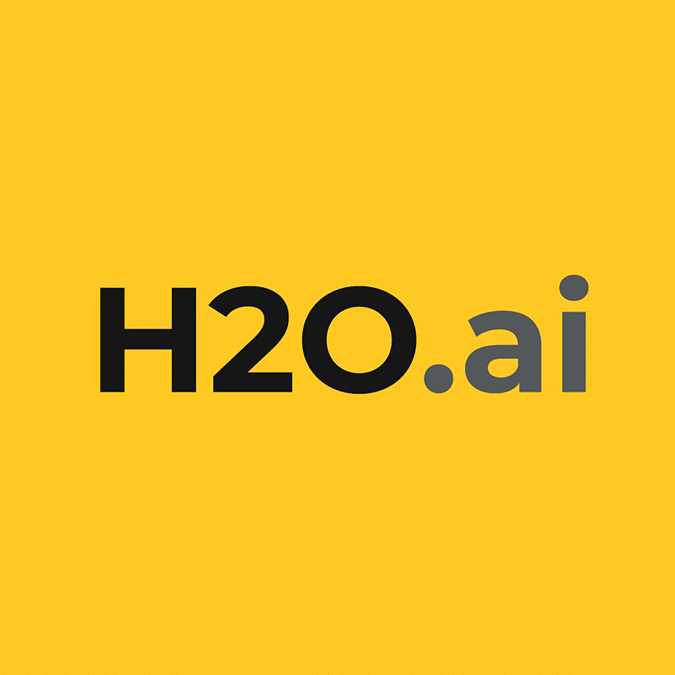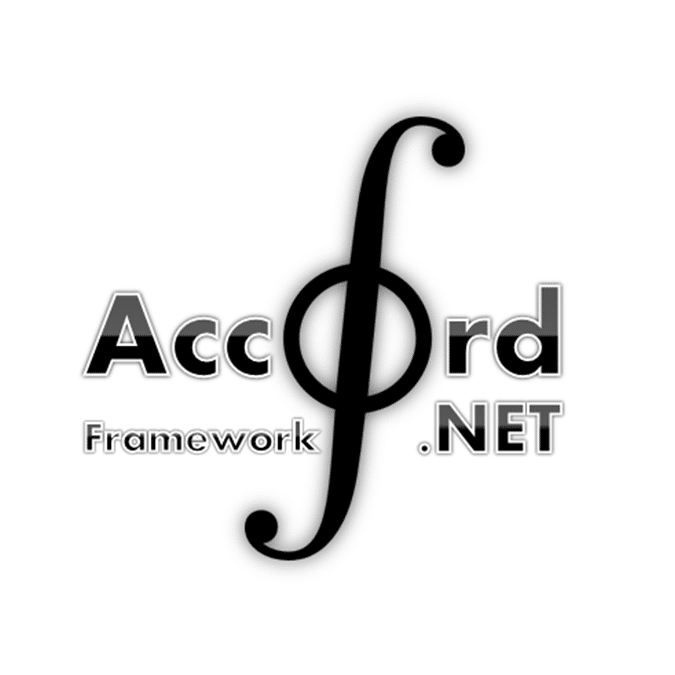In the realm of artificial intelligence and data science, machine learning has emerged as a powerful tool for extracting insights and making predictions from vast amounts of data. Java, with its robustness, versatility, and vast ecosystem, offers a plethora of machine learning libraries for developers to leverage.
In this comprehensive guide, we’ll explore some of the best Java machine learning libraries available today, covering their features, capabilities, and use cases.
Why Choosing the Right Java Machine Learning Libraries Is Important
Choosing the right Java machine learning libraries is crucial for several reasons. Libraries help make the process of developing applications more efficient and reliable. Developers can just use prewritten and tested libraries instead of writing new code every time. Also, they are less likely to introduce any errors.
The choice of the library directly impacts the performance, functionality, scalability, and maintainability of your machine learning projects. By carefully evaluating your project requirements and selecting libraries that meet your needs, you can set yourself up for success and achieve the best results in your machine learning endeavors.
Things to Consider When Choosing a Library
When choosing a library, especially for machine learning or any other technical domain, there are several important factors to consider. Here are some key things to keep in mind:
Type of machine learning: Determine whether it is needed to use the library or framework for deep learning (e.g. Deeplearning4j) or classic machine learning algorithms (e.g. Weka).
Programming Language Compatibility: While focusing on Java libraries, consider whether the project may require integration with other programming languages. Opt for a library that offers interoperability with multiple languages and/or libraries. For example, Deeplearning4j is a Java-based deep learning library that also provides interoperability with Python. It allows developers to seamlessly integrate deep learning models trained in Python frameworks such as TensorFlow and Keras into Java applications.
Scalability: As your machine learning projects grow in complexity and scale, you’ll need a library that can adapt to changing requirements and handle larger datasets efficiently. Scalable machine learning libraries, capable of distributed processing and parallel execution, enable developers to train and deploy models on large datasets without sacrificing performance. For instance, H2O offers distributed processing capabilities for training and deploying machine learning models across large clusters, enabling high-performance analytics on massive datasets.
Data Types: Determine the types of data, specifically whether your databases are SQL or NoSQL, and if the data is structured or unstructured.
Neural Network Support: Evaluate whether the library includes tools for neural network creation, if needed for your project. Deeplearning4j provides comprehensive support for neural networks, while Apache OpenNLP does not directly support them.
API Integration: Determine whether the project requires libraries that include APIs or can interact with other APIs seamlessly. For example, Encog offers extensive functionality for building and training neural network models but does not provide built-in support for API integration or seamless interaction with other APIs.
Open-Source Licensing: Consider whether it is important to use a library that’s distributed under an open-source license (e.g. Weka) or if proprietary licensing is acceptable (e.g. OML4J).
GPU Support: If maximizing performance is crucial, select a library that supports GPU acceleration for computationally intensive tasks (e.g. Deeplearning4j).
How to Choose JavasMachine learning library
Identify Your Needs: Begin by clearly defining your project objectives and the specific machine learning tasks your developers need to accomplish. Determine whether your project requires algorithms for classification, regression, clustering, deep learning, or other tasks.
Research Available Libraries: Conduct thorough research to identify the available Java machine learning libraries. Explore their features, capabilities, and compatibility with your project requirements. Consider factors such as algorithm support, performance, ease of use, and community support.
Evaluate Algorithm Coverage: Assess the library’s coverage of machine learning algorithms relevant to your project. Ensure that it provides implementations of the algorithms you need and supports both traditional and cutting-edge techniques, such as deep learning and reinforcement learning.
Consider Performance: Evaluate the performance of the library in terms of speed, efficiency, and scalability. Look for benchmarks or performance metrics that demonstrate its capabilities on different types and sizes of datasets. Consider whether the library supports parallel processing, distributed computing, and GPU acceleration for enhanced performance.
Check Documentation and Support: Review the library’s documentation to assess its clarity, completeness, and usability. Look for tutorials, examples, and API references that can help you get started quickly and effectively. Additionally, consider the level of community support and the responsiveness of the developers to bug reports and inquiries.
Assess Ease of Use: Consider the ease of use of the library, including its API design, programming interface, and integration with other tools and frameworks. Choose a library that offers intuitive APIs, well-designed interfaces, and seamless integration with popular development environments and data processing tools.
Ensure Compatibility: Ensure that the library is compatible with your existing technology stack, including programming languages, operating systems, and development environments. Check for compatibility with other Java libraries, frameworks, and platforms you may be using in your project.
Review Licensing and Legal Considerations: Review the licensing terms of the library to ensure compliance with your project’s legal and regulatory requirements. Choose a library with a permissive license that allows for commercial use, modification, and redistribution, if applicable.
Consider Community and Ecosystem: Evaluate the size, activity, and diversity of the library’s community. Look for active forums, mailing lists, and online communities where developers share knowledge, collaborate on projects, and provide support. Consider the availability of third-party extensions, plugins, and integrations that can extend the library’s functionality and ecosystem.
Trial and Experiment: Finally, consider experimenting with a few top contenders to assess their suitability for your project. Build prototypes, conduct experiments, and evaluate the libraries based on your specific use cases, performance requirements, and development preferences.
By following these steps and carefully evaluating your options, you can choose the Java machine learning library that best fits your project needs and empowers you to build powerful and scalable machine learning applications.
List of the Best Java Machine learning libraries
Considering the above, let’s take a look at the best Java machine learning libraries.
Weka is one of the oldest and most widely used machine learning libraries in Java. It is open-source and free to use.
Weka, which stands for Waikato Environment for Knowledge Analysis, encompasses a range of tools for various tasks including data classification, regression, association rules mining, and clustering. With its intuitive graphical interface, Weka facilitates data preprocessing, visualization, and model evaluation for both beginners and experienced users.
Weka can be used via the Java API, standard terminal applications, or through a GUI.
Weka offers versatile applications, serving as a solution for:
- Cloud data storage
- High-performance computing (HPC) data management
- Serving as a data platform for Machine Learning and AI initiatives
- Enhancing the efficiency of containerized workloads
Primary features
- Machine Learning Toolkit
- Support for data association
- Diverse set of machine learning algorithms for classification, regression, clustering, and more
- Tools for visualizing data and model performance
Use cases
Education: Weka is great for teaching machine learning concepts in academic settings.
Data Analysis and Data Mining: It helps analysts explore and understand datasets, discovering insights and patterns in large datasets.
Model Prototyping: Weka is used to quickly prototype machine learning models and evaluate their performance.
Pattern Recognition: Weka is applied in image classification, text categorization, and other similar tasks.
Easy to Use: Weka has a simple graphical interface.
Algorithms: Weka provides a lot of algorithms for different machine learning tasks.
Educational Tool: Weka is often used for teaching machine learning concepts due to its simplicity.
Community Support: Benefits from an active user community and online resources.
Limited Scalability: Weka may not excel in managing exceptionally large datasets or distributed computing scenarios.
Dependency on Graphical Interface: Experienced users may encounter limitations with the graphical interface when dealing with complex tasks. Some tasks may require scripting or programming, which can be more challenging in Weka’s graphical interface.
Learning Curve: While user-friendly, some machine learning concepts can still be challenging. Beginners may find it challenging to grasp advanced concepts or algorithms without prior knowledge of machine learning principles.
Deeplearning4j is a cutting-edge deep learning library for Java, designed to run on distributed computing frameworks like Apache Spark and Hadoop. It provides support for building deep neural networks and implementing advanced deep learning algorithms, such as convolutional neural networks (CNNs) and recurrent neural networks (RNNs). With its distributed architecture and GPU acceleration capabilities, Deeplearning4j is well-suited for training large-scale deep learning models on massive datasets.
A standout feature of DeepLearning4j is that it’s one of the few frameworks that allow you to train Java models while interoperating with Python.
Primary features
Deep Learning Framework for Java and JVM languages.
Parallel Processing: Deeplearning4j leverages parallel processing to accelerate training on multi-core CPUs and GPUs.
Distributed Training: It facilitates training across clusters, enhancing efficiency particularly for large-scale models.
Integration: Deeplearning4j can be integrated with Hadoop and Spark for big data processing.
Use Cases
Image Recognition: Deeplearning4j is good for image classification, object detection, and facial recognition.
Natural Language Processing: It can be used for sentiment analysis, language translation, and chatbots.
Anomaly Detection: Used for identifying anomalies in data, such as financial fraud detection.
Predictive Analytics: Deeplearning4j is applied to predictive modeling across industries ranging from healthcare to marketing.
Recommendation Systems: It’s used in creating recommendation systems for e-commerce platforms and content-based services.
Java Compatibility: Thanks to its Java foundation, it seamlessly merges with current Java applications and ecosystems.
Performance: It’s optimized for streamlined processing on both CPUs and GPUs, ensuring fast model training.
Scalability: Deeplearning4j supports distributed training and works well for large datasets.
Multi-Platform: It operates across multiple platforms and supports Android and IoT deployments.
Diverse Architectures: Supports various neural network architectures, including convolutional and recurrent networks.
Learning Curve: Mastery of deep learning concepts demands a robust grasp of neural networks, often posing challenges for users.
Community Size: The community size may pale in comparison to larger deep learning frameworks, even if it’s active.
Java-Centric: For those unacquainted with Java, navigating Deeplearning4j could prove more daunting due to its Java-centric nature.
Advanced Features: Certain advanced functionalities found in other frameworks may be more limited in Deeplearning4j.
Apache OpenNLP is an open-source Java library designed for Natural Language Processing. It encompasses various components essential for NLP tasks, including sentence detector, tokenizer, named finder, document categorizer, parts-of-speech tagger, chunker, and parser.
With Apache OpenNLP, developers can construct complete NLP pipelines to address a wide array of common NLP tasks. These tasks include sentence segmentation, parts-of-speech tagging, named entity recognition, tokenization, natural language detection, chunking, parsing, and coreference resolution.
Primary Features
Named Entity Recognition (NER): With Apache OpenNLP, users can leverage NER functionality to extract names of entities such as locations, people, and objects.
Part-of-Speech Tagging: Apache OpenNLP identifies the type of a word (for example, NN — noun, VB — verb, JJ — adjective, etc.).
Tokenization: A tokenizer breaks unstructured data and natural language text into pieces of information that can be considered as discrete elements.
Use cases
Named Entity Recognition: This is particularly useful in information extraction tasks, entity linking, and knowledge graph construction.
Sentence Detection:: OpenNLP can segment text into individual sentences, which is crucial for various text processing tasks such as machine translation, summarization, and sentiment analysis.
POS tagging and Tokenization: OpenNLP can tokenize raw text into individual tokens (words, punctuation marks, etc.), which is the first step in many natural language processing pipelines. Tokenization is necessary for tasks like text classification, information retrieval, and text normalization.
Rapid development lifecycle
Exceptional Language Detection: Remarkable accuracy in language identification
Greatly Simplifies NLP Application Development: Significantly reduces complexity in developing NLP applications
Limited Features: Apache OpenNLP may lack certain advanced features or models available in other NLP libraries. For example, it may not have the latest state-of-the-art models for tasks like language modeling, text generation, or language translation.
Maintenance and Updates: The development of Apache OpenNLP may not be as active or frequent compared to other popular NLP libraries. This could result in slower bug fixes, fewer updates, or delays in adopting new features or improvements.
H2O is a machine learning platform designed for big data analytics, available as open-source software. It supports Python, R, and various other programming languages, including Java. With its automatic machine learning (AutoML) functionality, H2O streamlines the process of training both supervised and unsupervised models—no coding required. Simply direct it to your dataset, and watch it work its magic!
Additionally, H2O offers advanced features like grid search, hyperparameter tuning, graphical model selection tools, automated feature engineering tools, and a plethora of other capabilities.
Primary features
Scalability: H2O facilitates distributed computing, enabling scalable and parallel processing for handling large datasets.
Algorithms: It provides an extensive array of machine learning algorithms suitable for classification, regression, clustering, and various other tasks.
AutoML: H2O AutoML streamlines the model selection and hyperparameter tuning process through automation.
Integration: H2O seamlessly integrates with widely-used programming languages such as Python and R, and is compatible with Hadoop and Spark.
Interpretability: H2O offers tools for interpreting and elucidating model predictions, enhancing the understandability of results.
Use Cases
Predictive Modeling: H2O is used for building predictive models in finance, marketing and other spheres.
Anomaly Detection: It’s utilized to identify anomalies and outliers across diverse sectors: from fraud detection in credit card transactions to fault detection in operating environments. .
Healthcare Analytics: H2O plays a crucial role in predicting patient outcomes and diagnosing diseases within the healthcare industry.
Customer Segmentation: It aids in profiling and segmenting customers for targeted marketing strategies.
Credit Scoring: H2O is good for assessing credit risk and detecting fraudulent activities in credit scoring processes.
User-Friendly Interface: H2O boasts an intuitive interface and AutoML functionality, streamlining the model development process for users.
High Performance: Leveraging distributed computing, H2O ensures rapid model training and evaluation, enhancing overall performance.
Resource Demand: Extensive computational resources may be necessary for large-scale distributed training with H2O.
Limited Customization: Despite the convenience of AutoML, advanced users may find the level of control over model tuning to be limited.
Accord.NET is a library offering linear algebra capabilities, machine learning algorithms, and assorted tools essential for creating machine learning applications. It includes support vector machines, neural networks, and decision tree algorithms.
Primary features
.NET Compatibility: Accord.NET is designed as a machine learning framework exclusively for the .NET platform.
Wide Array of Algorithms: It provides an extensive collection of algorithms for image and signal processing, statistical analysis, and machine learning tasks.
Modular Design: Accord.NET's modular architecture empowers users to cherry-pick and utilize only the components relevant to their needs.
Open Source: Accord.NET is an open-source library, enabling customization and contribution.
Use Cases
Image Processing: Accord.NET is instrumental in tasks such as image classification, object detection, and feature extraction.
Signal Processing: It finds application in speech recognition, audio analysis, and interpretation of sensor data.
Data Analysis: Accord.NET aids in statistical analysis, data mining, and pattern recognition endeavors.
Machine Learning: It is used for constructing predictive models across domains like finance and healthcare
Computer Vision: Accord.NET is usefull for tasks such as facial recognition, object tracking, and video analysis.
Integration: Accord.NET seamlessly integrates with .NET applications and ecosystems, ensuring smooth compatibility.
Diverse Algorithms: Provides a wide range of algorithms for various machine learning and data analysis tasks.
Flexibility: Modular design lets users select specific components relevant to their projects.
Scope Limitations: Despite its comprehensiveness, Accord.NET may not offer the same extensive coverage as larger frameworks, such as TensorFlow or PyTorch.
Resource Usage: The complexity of algorithms within Accord.NET may necessitate substantial computational resources for optimal performance.
Conclusion
Java remains one of the most prevalent programming languages in use today. As artificial intelligence development and machine learning gain increasing traction, it’s evident that these technologies will remain closely intertwined in the future. Equipped with the appropriate Java machine learning libraries, your development teams—whether internal or outsourced—have limitless potential. By adhering to Java best practices, the applications they create can yield remarkable results for your company.
FAQ
Does Java have machine learning libraries?
Yes, Java does have machine learning libraries. Some popular Java machine learning libraries include: Weka, DeepLearning4j, Apache OpenNLP, and more.
Is Java or C++ better for machine learning?
The choice between Java and C++ for machine learning depends on various factors, including the specific requirements of the project, the expertise of the development team, and the performance considerations. Both languages have their strengths and can be suitable choices for different machine learning applications. Java is platform-independent and can run on any system with a Java Virtual Machine (JVM), making it more portable compared to C++. However, C++ can be more suitable for low-level system programming and hardware integration.
Which language is best for ML?
The 'best' language for machine learning (ML) depends on various factors, including the specific requirements of the project, the expertise of the development team, and the performance considerations. Some of the most popular languages for ML include:
- Python: Python is widely regarded as one of the best languages for ML due to its simplicity, readability, and extensive ecosystem of libraries and frameworks. Popular libraries such as TensorFlow, PyTorch, scikit-learn, and Keras make Python a top choice for ML projects.
- R: R is another popular language for statistical computing and data analysis, making it well-suited for ML tasks such as data exploration, visualization, and modeling. R’s extensive library ecosystem, including packages like caret and randomForest, makes it a strong contender for ML projects, particularly in academic and research settings.
- Java: Java is a versatile programming language with a rich ecosystem of libraries and frameworks for ML, such as Weka, Deeplearning4j, and Apache Mahout. Java’s platform independence and scalability make it suitable for building enterprise-level ML applications.
- C++: C++ is known for its performance and efficiency, making it a preferred choice for ML applications that require high-performance computing. Libraries like TensorFlow and OpenCV provide C++ bindings, enabling developers to leverage C++'s performance benefits for ML tasks.
Can I do AI with Java?
Yes, you can certainly develop artificial intelligence (AI) applications using Java. While Python is often the language of choice for AI and machine learning due to its extensive ecosystem of libraries and frameworks, Java also offers several options for AI development. Explore the website of OrbitSoft Company to learn more about your opportunities with machine learning and AI.
